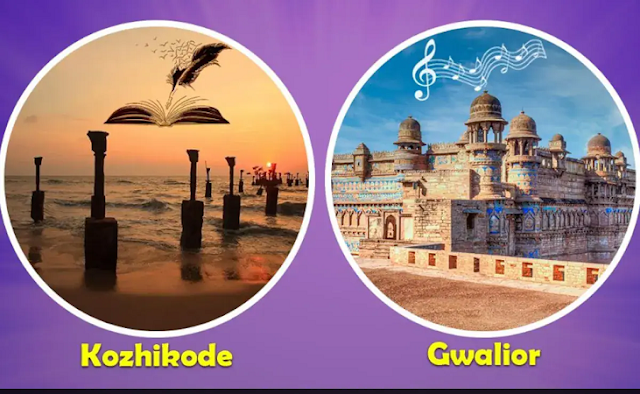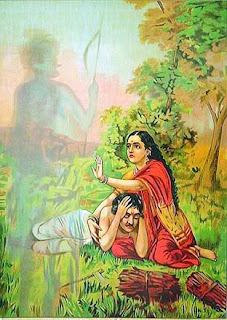This year the 525th birth anniversary of Sant Mirabai is being celebrated. Mirabai (also spelt as Meerabai) was a Rajput princess who was one of the greatest saints of the Krishna cult of Vaishnavism in 16th century India.
Mirabai was the only child of Ratna Singh Rathor of Merta in Rajasthan. She was born at the village of Kudki (now in the Pali district) in AD 1498. In 1516, she was married to Bhoraj, eldest son of Rana Sanga, the ruler of Mewar with its capital at Chittor. Bhoraj was heir-apparent to Mewar but he died in 1526.
Mirabai was highly religious from her childhood. Like her grandfather Dudaji and father she was a devotee of Krishna. After her husband’s death she completely addressed herself to the devotion of Krishna. She patronized learned men. Devotees who were drawn from both sexes making a beeline to Mirabai. Consequently, her fame spread far and wide.
However, Mirabai’s religious activities were resented by her in-laws who took exception to the fact that a royal princess would sing and dance before the image of Krishna in full glare of the public. Her choice of Raidas, a leather worker as her spiritual guru, did not go down well with them. Tradition has it that in-laws tried to poison her. As her relation with the Mewar rulers took a turn for the worse, she went to Merta to live with her uncle Biram Deva.
However, when Mal Deva (Maldeo) of Jodhpur seized Merta, Mira undertook a pilgrimage to the sacred city of Dwarka in Gujarat and spent rest of her life as a devotee of Krishna. She died in 1546.
Mira’s greatness and popularity rest on her many devotional poems and lyrics. She wrote her works in Brajbhasha and partly in Rajasthani. She also wrote some of her verses in Gujarati.







